ASTM D7511-09 Standard Test Method for Total Cyanide by Segmented Flow Injection Analysis, In-Line Ultraviolet Digestion and Amperometric Detection
This is a new standard test method that was developed by ASTM Committee D19 on Water to determine the concentration of total cyanide in drinking and surface waters, domestic wastewater, and industrial wastewater. Cyanide ion (CN-), hydrogen cyanide in water (HCN(aq)), and complexes of zinc, copper, cadmium, mercury, nickel, silver, and iron may be determined by this method. Cyanide ions from Au (I), Co (III), Pd (II), and Ru (II) complexes are only partially determined. The applicable range is method is 3 – 500 μg/L cyanide. The range can be extended to analyze higher concentrations by sample dilution or changing the sample loop volume.
ASTM D7511-09 decomposes complex cyanides by narrow band, low watt UV irradiation in a continuously flowing acidic stream at room temperature. Reducing and complexing reagents, combined with the room temperature narrow band low watt UV minimize interferences. The hydrogen cyanide generated passes through a hydrophobic membrane into a basic carrier stream. The cyanide concentration is determined by amperometry.
This method operates similarly to available cyanide methods OIA1677 and ASTM D6884-09. The available cyanide methods employ a preliminary ligand addition to liberate cyanide ion from weak to moderate metal cyanide complexes. These available cyanide methods were developed because they overcome significant interferences caused by the preliminary chlorination and/or distillation processes. Instead of ligands, ASTM D7511-09 irradiates the sample causing strong metal cyanide complexes plus all complexes measured by the available cyanide methods to liberate cyanide and generate hydrogen cyanide.


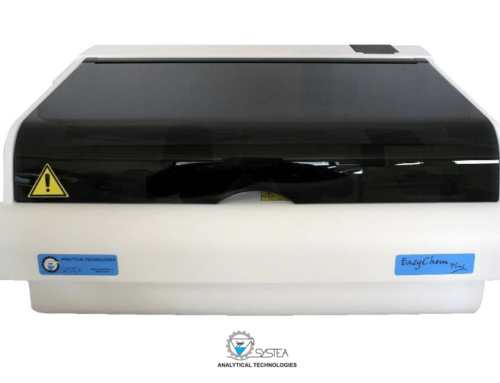
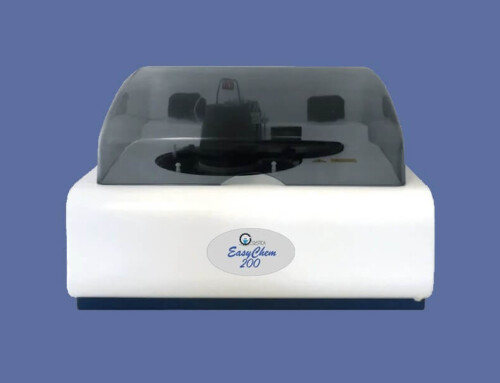
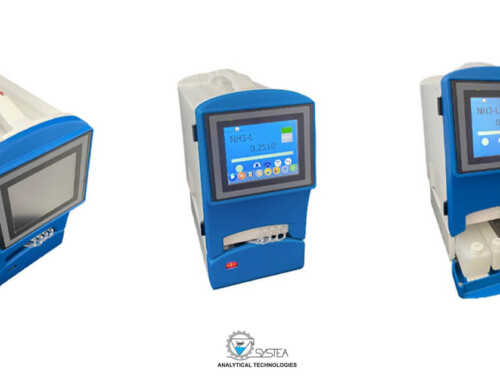
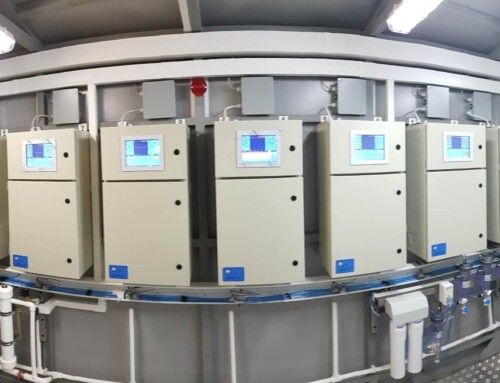
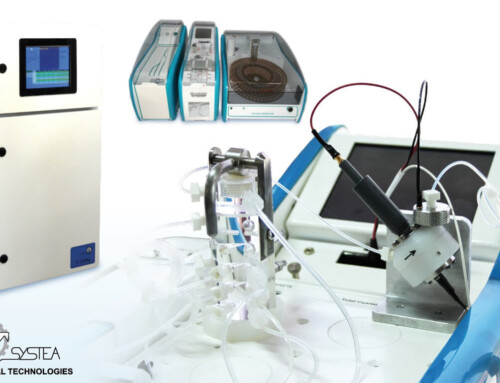
Leave A Comment